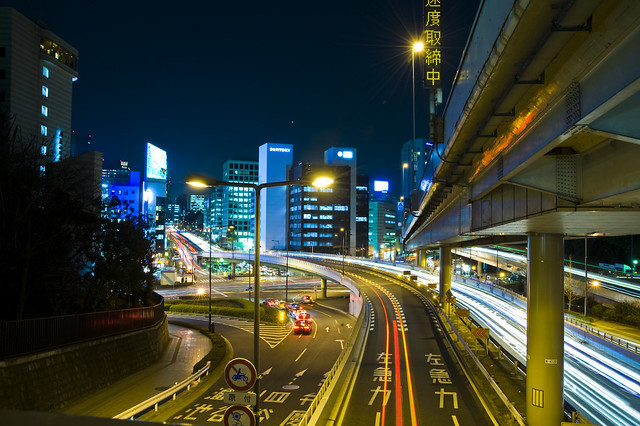Semiotics is the way in which symbols and icons provide meaning to us. For example, the trusty red slash through an object which to British audiences at least signifies that anything contained within this or is overlayed by this is forbidden.
Semiotics can be broken down into three main branches:
Icons:
Icons are indistinguishable from the entity they represent. By this I mean graphically they are exactly as depicted. A prime example of this is the Trash Can icon on a computer - its meaning is just that, a trash can thus its image is a trash can. Icons are extremely important in a User Interface, so for websites they are crucial to help user navigation.
Indexes:
Indexes are connected to their meaning, but are not a direct representation of it. A photograph of smoke on the horizon will imply that there is a fire beneath it. They indicate a meaning and are not limited to visual means, smells can be indexes too. For media products, sound and vision would be the only types of indexes available.
Symbols:
A symbol is neither an indication of meaning, nor is it a direct representation. It's meaning is derived purely from convention within the audience. This generally means they are far more susceptible to the impacts of
Social and
Cultural relativism than the other two (smoke implies something burning in all cultures, a bird symbol does not). Symbols tend to be logos and brands for companies, for example the coloured squares of Windows, the blue-backed F of facebook and the circular swirls on the BBC One idents.
On a typical website you would expect to see all three.
An example of an index, the large high skyscrapers and sprawling city accompanying a story on successful business gives an indication of that. Small business prospects do not produce such large buildings, and in our culture a big building is always a sign of success (large home, wealth etc).
Examples of Icons. The weather is represented by a graphical version of the condition. There is no way an image of a cloud with the sun poking out behind it can mean anything other than, in this context, a cloudy day with some sun.
A Symbol. The cut out of BBC in white blocks only means the BBC because of the convention of using it with BBC produced media. Without this they would simply be three letters in a peculiar font.





